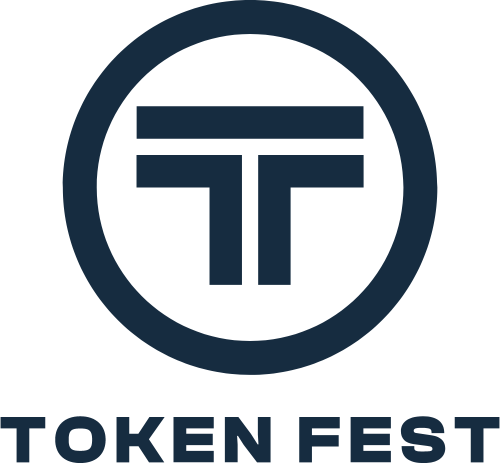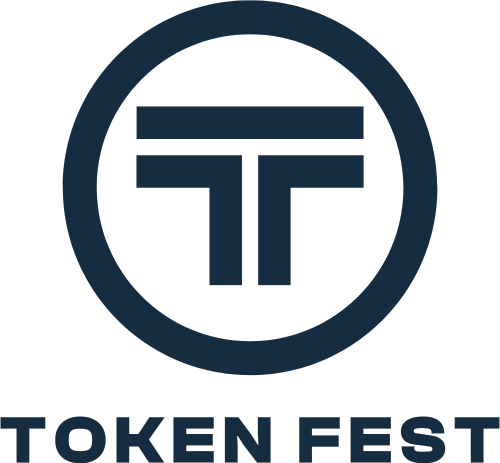Summary Highlights
- HSBC announces $3 billion share buyback plan, triggering stock price jump.
- Q1 net profit falls 25% year-over-year, largely due to China exposure and higher provisions.
- Investors reward capital return strategy amid global banking sector volatility.
- Analysts remain divided on HSBC’s long-term outlook in Asia.
HSBC Stock Rises as Buyback Calms Investor Nerves
HSBC Holdings ($HSBC) saw its share price rise 2.7% today after unveiling a surprise $3 billion share buyback, even as Q1 earnings revealed a substantial 25% drop in net profit compared to Q1 2024.
The buyback announcement came during its quarterly report, signaling a confident capital position and commitment to shareholder returns — a move that soothed investor anxiety over weaker earnings.
What Drove the Profit Drop?
HSBC’s Q1 profit fell to $4.6 billion, down from $6.2 billion in the same quarter last year. Key contributing factors included:
- A $1 billion hit from higher loan loss provisions, especially related to its commercial property book in China.
- Sluggish income growth across Hong Kong and Southeast Asia, key regions for HSBC’s strategy.
- A weaker lending environment amid persistent global rate volatility.
Despite the setback, CEO Noel Quinn emphasized the bank’s “fortress balance sheet” and strong liquidity levels, making the case for the continued buyback.
Investors Applaud Capital Return Strategy
The market responded positively to the buyback, seeing it as a vote of confidence in the bank’s longer-term cash flows. Notably:
- HSBC’s CET1 capital ratio remains a robust 14.4%, enabling further buybacks in 2025.
- HSBC has returned over $12 billion to shareholders via dividends and repurchases since 2022.
- Institutional buyers like BlackRock and Vanguard increased positions following the update.
Traders on platforms like Interactive Brokers and Fidelity also reported elevated volumes in HSBC call options, signaling bullish sentiment on the capital return narrative.
Analyst Outlook: Mixed Reactions on Asia Exposure
While short-term confidence is returning, analysts remain divided on HSBC’s heavy footprint in Asia — particularly China’s real estate market.
Barclays issued a neutral rating citing “macro overhangs,” while Goldman Sachs maintained a Buy, stating the share buyback “creates a floor for valuation while the Asia pivot plays out.”
Much of HSBC’s 2025-2026 performance will depend on:
- Credit recovery in China
- Improved loan activity in Southeast Asia
- Higher returns from wealth management and digital banking operations
(click to sign up now)
Final Word
HSBC’s latest move is a classic case of short-term pain, long-term positioning. Despite weaker earnings, its share buyback has reassured investors that capital discipline remains a priority.
As global banks juggle rising credit risks, rate uncertainty, and geopolitical tensions, HSBC’s strategy of returning cash to shareholders while navigating volatility may serve it well — provided Asia doesn’t worsen further.
Disclaimer: This article is for informational purposes only and does not constitute financial advice. Always conduct your own research before making investment decisions.


Alma Sarah is a freelance writer and marketing consultant. Alma specializes in content marketing, SEM, SEO and social media strategy. When she’s not writing, Alma enjoys hanging out with friends, cooking, and spending time with her family.






